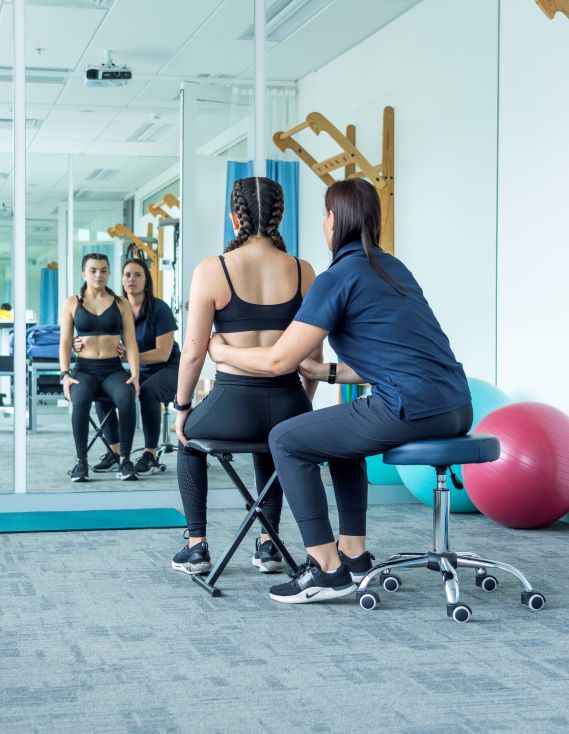Rosemary Marchese, Physiotherapist
Adolescent Idiopathic Scoliosis (AIS) is a complex 3D condition that can impact children at a critical time in their lives. Being diagnosed with AIS when you are
already navigating the teen years can be a lot to manage. Their bodies and minds are developing, and they are often facing other challenges along the way including friendship troubles, body changes and even braces for their teeth! Couple this with the fact that there is risk of AIS progressing if they are skeletally immature, and/or if they have a large curve,

and you have a recipe for more challenges. The importance of co-management of these kids cannot be underestimated. It has even be emphasized by the International Society of Scoliosis Orthopaedic and Rehabilitation Treatment (SOSORT) (1).
Who Should Co-Manage a Patient with AIS?
According to the SOSORT guidelines, it is important that the patient be treated by a team of health professionals that are specially trained to assess and manage AIS (1). There are many stages of assessment and treatment planning and it is important that the child does not miss vital opportunities for evaluation and treatment. For example, a patient who requires a
brace and physiotherapeutic scoliosis specific exercises (PSSE) should be under the care of health professionals who can assess and manage in the areas of bracing and scoliosis specific therapy.
A recently published paper by Alvarez and colleagues pointed out that even the patients who are most compliant with their brace wear can have a failed treatment if they don’t have the recommended in-brace x-rays after a new brace is fitted or a brace gets a major adjustment (2). This highlights the importance of appropriate management to ensure that patients don’t miss out on required assessment through x-ray.
What Type of Treatment Do Patients with AIS Need?
This depends on many factors, including but not limited to:
- Curve size
- Type of curve
- Risser sign (so, skeletal maturity)
- Emotional maturity.
Generally, the more progression risk there is, the more treatment that is required. The patient and caregivers need to be at the centre of this care, but a carefully constructed team to manage and deliver this treatment is critical.
If you are currently involved in scoliosis treatment, ask yourself:
- Who is managing the case?
- Are the patients involved in the decision making?
- Who is ensuring that assessment and re-assessments are planned and delivered?
- Who is managing the brace prescription and fitting?
- Who is managing the scoliosis specific exercise prescription and fitting?
- Is everyone in the team specifically trained in the chosen area?
At ScoliCare we offer a free review service if you are ever concerned about a patient. We also often co-manage patients with other health professionals. For more information visit our professional portal here.
References:
- Negrini, S., Donzelli, S., Aulisa, A.G. et al. 2016 SOSORT guidelines: orthopaedic and rehabilitation treatment of idiopathic scoliosis during growth. Scoliosis 13, 3 (2018). https://doi.org/10.1186/s13013-017-0145-8
- Alvarez, I., Poppino, K., Karol, L. et al. Lack of in-brace x-rays in compliant AIS patients wearing full-time TLSO braces associates with failure. J Orthop Surg Res 16, 540 (2021). https://doi.org/10.1186/s13018-021-02650-9
